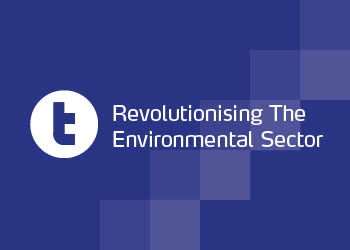A leading figure in the Chinese recycling sector has suggested that 20-30% of the plastic recycling capacity that was once found in China has moved to other countries in South East Asia.
Fukotomi chairman and China Scrap Plastic Association (CSPA) executive president Steve Wong said that he had revised his previous estimate that 5-10% of capacity had moved to South East Asia to 20-30% from discussions with other industry players.
He added: “These assumptions are also confirmed by the increasing number of containers importing into Thailand. A customs clearing agent recently disclosed that he is facing exhausting pressure as his company is now handling over 1,000 containers a month, though the increased business is always welcome.
“After reviewing several factors such as the number of factories that have moved to Thailand as well as the many factories that are interested in moving, along with the number of customs clearing agents and their clearing capacity, the amount of plastic scraps to be imported into Thailand has the potential to be near 2 million tonnes this year. As Vietnam and Malaysia are also attractive countries for plastic recycling operation, it would not be surprise to see the total volume of plastic scraps imported into these three countries reach a level of 5 million tonnes in total.”
With other countries such as Philippines, Indonesia and Korea also taking material, he expects that 7 million tonnes of material will soon be consumed by these countries, filling most of the gap created by China banning imports of material.
He also said that recently there has been an increase in the amount of recycled pellet sent to China from Europe and US among other destinations, which was a change of business model.
However, imports of this material by China is restricted by a vast reduction in the amount of import permits issued.
In a market report to CSPA members, he said that the largest tranche so far in 2018 of plastic import quotas had been issued to 14 recycling facilities. This amounted to 18,400 tonnes in total and makes the year-to-date figure of 44,760 tonnes a significant fall on the same period last year.
Indeed, he estimated on an annualised basis that this would amount to around 215,000, which compares very poorly against the 7.3 million tonnes of plastics imported by China in 2016.
Those containers that are making it into China are also subject to 50% of them being inspected, with the inspection process taking up to a month. This is to check that they are of “unified colour, unified size and shape, and unified packing on the same shipment of plastic materials imported as production feedstock”. This is known as the three unification requirement.













